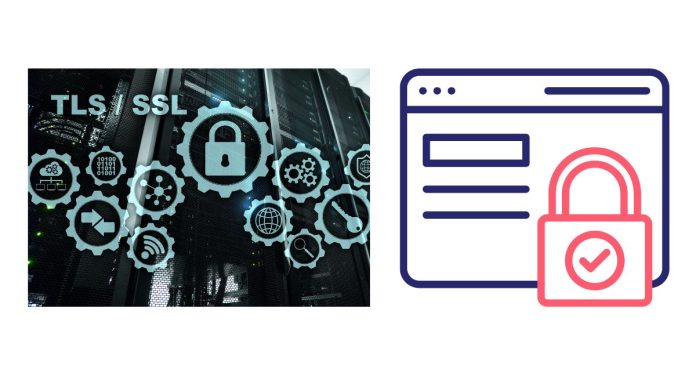Secure Socket Layer (SSL) is a standard security protocol used to establish encrypted communication between a web server and a client (usually a web browser). It ensures that the data exchanged between the two parties remains private and secure, preventing unauthorized access or interception by attackers.
How SSL Works
- Encryption: SSL encrypts the data transferred between the client and the server, ensuring it cannot be read if intercepted.
- Authentication: SSL uses certificates to verify the identity of the server (and optionally the client), ensuring trust.
- Data Integrity: SSL ensures that the data exchanged is not altered or tampered with during transmission.
Steps in an SSL Handshake
- Client Hello:
- The client sends a request to the server, listing supported SSL/TLS versions and encryption methods.
- Server Hello:
- The server responds with its chosen encryption method and provides its SSL certificate.
- Certificate Validation:
- The client verifies the server’s certificate with a trusted Certificate Authority (CA).
- Session Key Generation:
- Both parties generate and exchange session keys to encrypt the data.
- Secure Communication:
- Encrypted data exchange begins.
Benefits of SSL
- Security: Protects sensitive information like login credentials, credit card details, and personal data.
- Trust: Websites with SSL display a padlock icon in the browser and use “https://” instead of “http://.”
- SEO Advantage: Search engines like Google prioritize SSL-secured websites in search rankings.
- Data Integrity: Prevents data from being altered or corrupted during transfer.
Evolution: SSL vs. TLS
- SSL has been replaced by Transport Layer Security (TLS), which is more secure and efficient.
- Although the term “SSL” is still widely used, most modern systems use TLS (e.g., TLS 1.2 or TLS 1.3).
Applications of SSL
- Securing websites (e.g., online shopping, banking).
- Email communication.
- File transfers (FTP).
- Voice-over-IP (VoIP) services.
By using SSL/TLS, organizations can build trust with users and ensure secure online transactions.


